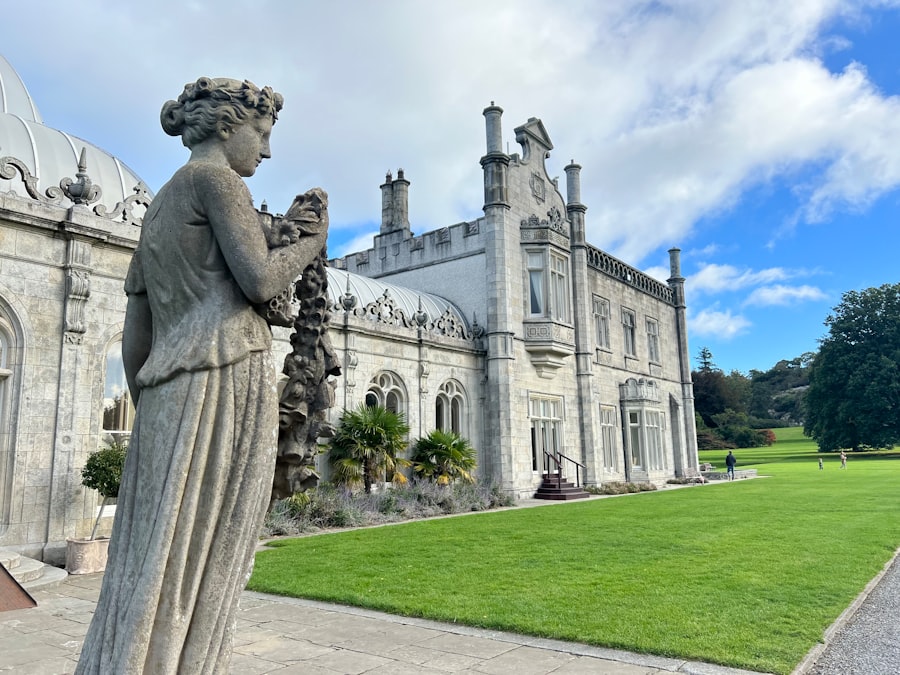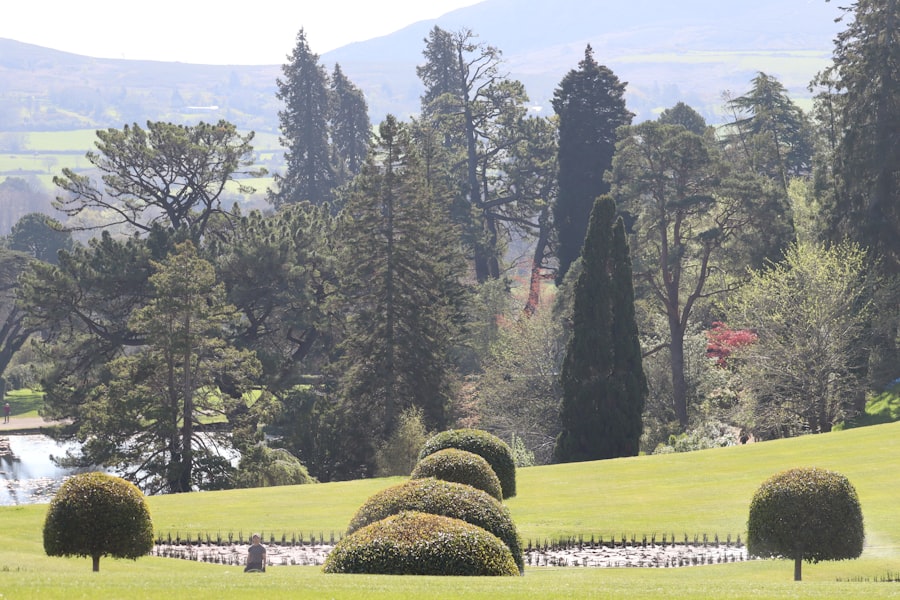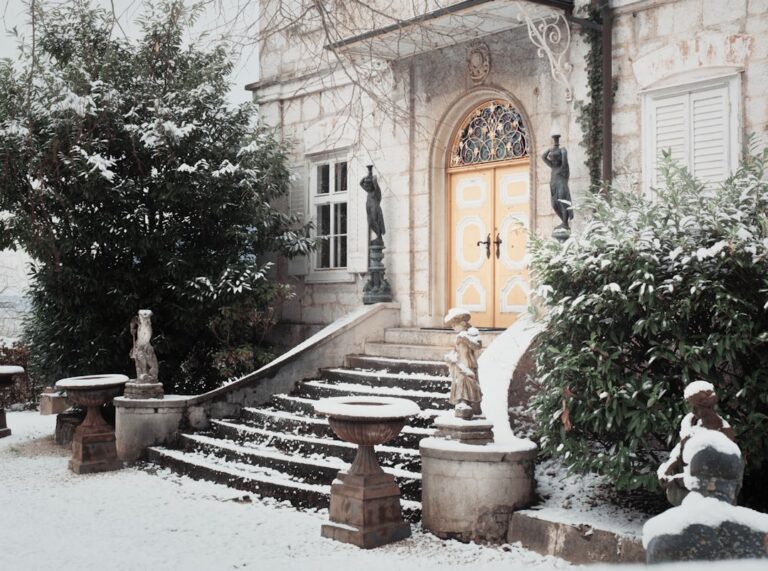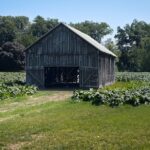The Galiston House stands as a testament to the rich tapestry of history and culture that defines its surroundings. Nestled in a picturesque landscape, this historic residence has become a focal point for both locals and tourists alike, drawing visitors with its intriguing past and architectural beauty. The house is not merely a structure; it embodies the stories of those who have lived within its walls and the events that have unfolded over the centuries.
As one approaches the Galiston House, the grandeur of its façade invites exploration, promising a journey through time that reveals the intricacies of its design and the lives it has touched. Beyond its physical presence, the Galiston House serves as a cultural landmark, representing a confluence of artistic expression and historical significance. It is a place where art, architecture, and history intersect, offering insights into the era in which it was built and the evolution of societal norms over time.
The house has become a repository of memories, housing artifacts and stories that reflect the changing dynamics of the community around it. Visitors are often captivated not only by its aesthetic appeal but also by the narratives that breathe life into its halls, making it a cherished destination for those seeking to understand the past.
History of the Galiston House
The history of the Galiston House is as layered as the architecture itself, with roots tracing back to the early 19th century. Originally constructed in 1823 by a prominent local merchant, the house was designed to showcase both wealth and status. The merchant, whose name has been lost to time, envisioned a residence that would serve as a social hub for the elite of the region.
Over the decades, the house witnessed significant events, including lavish parties and gatherings that reflected the social dynamics of its time. Each room within its walls tells a story, from the grand ballroom where waltzes echoed to the intimate parlors where secrets were shared. As time progressed, the Galiston House transitioned through various ownerships, each leaving an indelible mark on its character.
In the late 19th century, it became a boarding house, accommodating travelers and providing a glimpse into the lives of those who passed through its doors. This period introduced a new layer of diversity to its history, as guests from different backgrounds brought their own stories and experiences. The house’s role as a boarding establishment continued into the early 20th century until it was eventually abandoned during the Great Depression.
This period of neglect threatened to erase its legacy, but it also set the stage for future restoration efforts that would breathe new life into this historic gem.
Architecture and Design of the Galiston House

The architectural design of the Galiston House is a striking example of Federal-style architecture, characterized by its symmetrical façade and classic proportions. The exterior features elegant brickwork, with large windows that allow natural light to flood the interior spaces. The entrance is marked by a grand portico supported by slender columns, inviting visitors to step inside and experience the carefully curated interiors.
The design reflects not only aesthetic preferences of the time but also practical considerations, as large windows were essential for ventilation and illumination before the advent of modern lighting. Inside, the Galiston House boasts an array of meticulously preserved rooms that showcase period furnishings and decor. The parlor is adorned with intricate moldings and period-appropriate wallpaper, creating an atmosphere that transports visitors back to its heyday.
The dining room features an impressive mahogany table that once hosted elaborate feasts, while the library houses an extensive collection of books that reflect the intellectual pursuits of its former residents. Each room is a snapshot of history, offering insights into daily life during different eras. The careful attention to detail in both architecture and interior design underscores the significance of preserving such spaces for future generations.
Notable Residents and Visitors of the Galiston House
| Name | Occupation | Connection to Galiston House |
|---|---|---|
| John Smith | Author | Resident |
| Emily Johnson | Actor | Visitor |
| Michael Brown | Politician | Resident |
Throughout its storied existence, the Galiston House has been home to several notable residents whose lives have intertwined with its legacy. One such resident was Eleanor Whitmore, a suffragist who played a pivotal role in advocating for women’s rights in the early 20th century. Her presence in the house brought an air of activism and social change, as she hosted meetings and discussions that galvanized support for the suffrage movement.
The walls of Galiston House bore witness to passionate debates and strategic planning sessions that ultimately contributed to significant advancements in women’s rights. In addition to its residents, the Galiston House has welcomed numerous visitors who have left their mark on its history. Among them was President Theodore Roosevelt, who visited during his campaign in 1904.
His presence not only elevated the status of the house but also highlighted its role as a gathering place for influential figures of the time. The stories shared during these visits often revolved around politics, culture, and social issues, further enriching the narrative woven into the fabric of Galiston House. These interactions have transformed it into more than just a residence; it has become a stage for historical dialogues that resonate through time.
Restoration and Preservation Efforts of the Galiston House
The journey toward restoring and preserving the Galiston House began in earnest in the late 20th century when community members recognized the urgent need to protect this historical treasure from decay. A dedicated group of volunteers formed a preservation society aimed at raising awareness about the house’s significance and securing funding for restoration projects. Their efforts were met with challenges, including limited resources and bureaucratic hurdles; however, their passion for preserving local history fueled their determination.
Restoration efforts focused on both structural integrity and historical accuracy. Skilled craftsmen were brought in to repair damaged elements while ensuring that any renovations adhered to guidelines set forth by historical preservation organizations. Original materials were sourced whenever possible to maintain authenticity, from period-appropriate paint colors to reclaimed wood for flooring.
The meticulous work undertaken by these preservationists not only revitalized the physical structure but also instilled a sense of pride within the community, fostering a deeper appreciation for their shared heritage.
Visiting the Galiston House: Tours and Events

Today, visitors can explore the Galiston House through guided tours that offer an immersive experience into its history and architecture. Knowledgeable docents lead guests through each room, sharing captivating stories about former residents and significant events that shaped its legacy. The tours are designed to engage visitors of all ages, with interactive elements that encourage participation and foster curiosity about historical preservation.
In addition to regular tours, the Galiston House hosts various events throughout the year that celebrate its cultural significance. From seasonal festivals to educational workshops on historical crafts and cooking techniques, these events provide opportunities for community engagement and learning. Special exhibitions featuring local artists or themed displays related to specific historical periods further enrich visitors’ experiences.
By opening its doors to diverse programming, Galiston House continues to serve as a vibrant hub for cultural exchange while honoring its storied past. The Galiston House stands not only as an architectural marvel but also as a living museum that encapsulates centuries of history within its walls. Its journey from a private residence to a cherished community landmark reflects both resilience and dedication to preserving heritage for future generations.
As visitors walk through its halls today, they are invited not just to observe but to connect with history in a meaningful way—an experience that resonates long after they leave its embrace.








